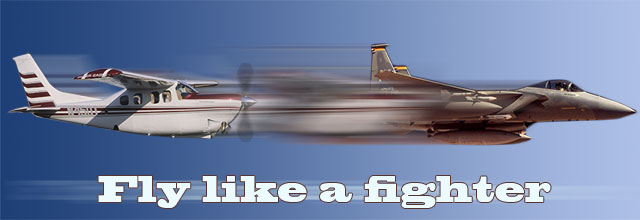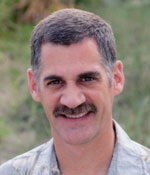Fly like a fighter: Lose sight, lose the fight

We pushed ourselves to gain a tally when the other aircraft was the size of a pinhead at arm’s length, which was not an easy task. This meant that a bug splat on the canopy was much larger than the size of area we needed to see. Consequently, we normally asked our crew chiefs to clean and polish the canopy before flight—not an insignificant task on the large bubble canopy.
When given a traffic call (for example, "Your 11 o’clock"), you can start your search in a specific chunk of sky. I find other airplanes the fastest when my eyes are still, and not trying to scan a piece of sky as quickly as I can. When my eyes are still it gives my brain time to process seeing either movement from the target, or noticing the dot that isn’t quite the same as the background, whether that be the sky or ground. If I don’t see anything after a few seconds, I move my eyes to an adjacent piece of sky and look again. Then about every 10 seconds I make sure to refocus on a distant object.
If you are in or entering the traffic pattern, you may have to build your own picture of where to look for other airplanes by first using your sense of hearing—by listening to the radio. Normally, when looking down against the ground it is harder to see another airplane than when looking up with the sky as the background. If I just can’t get a tally, and I know I am close to co-altitude, I may descend slightly to pop the other aircraft above the horizon. I make sure to climb back up to pattern altitude so that other airplanes doing their own search can find me.
For the times when you are keeping your visual scan for “see and avoid,” instead of looking at a narrow chunk of sky, you will need to look at all the chunks of sky that are reasonable to look at. After scanning outlying airspace I will recheck my 12 o’clock before moving to scanning other pieces of sky off my nose. Even with the task of scanning more sky, I still let my eyes be still in each chunk.
I still practice my own scan to maintain my proficiency. And I still get the windscreen clean and polished before every flight. But without a crew chief, that task falls on me.



